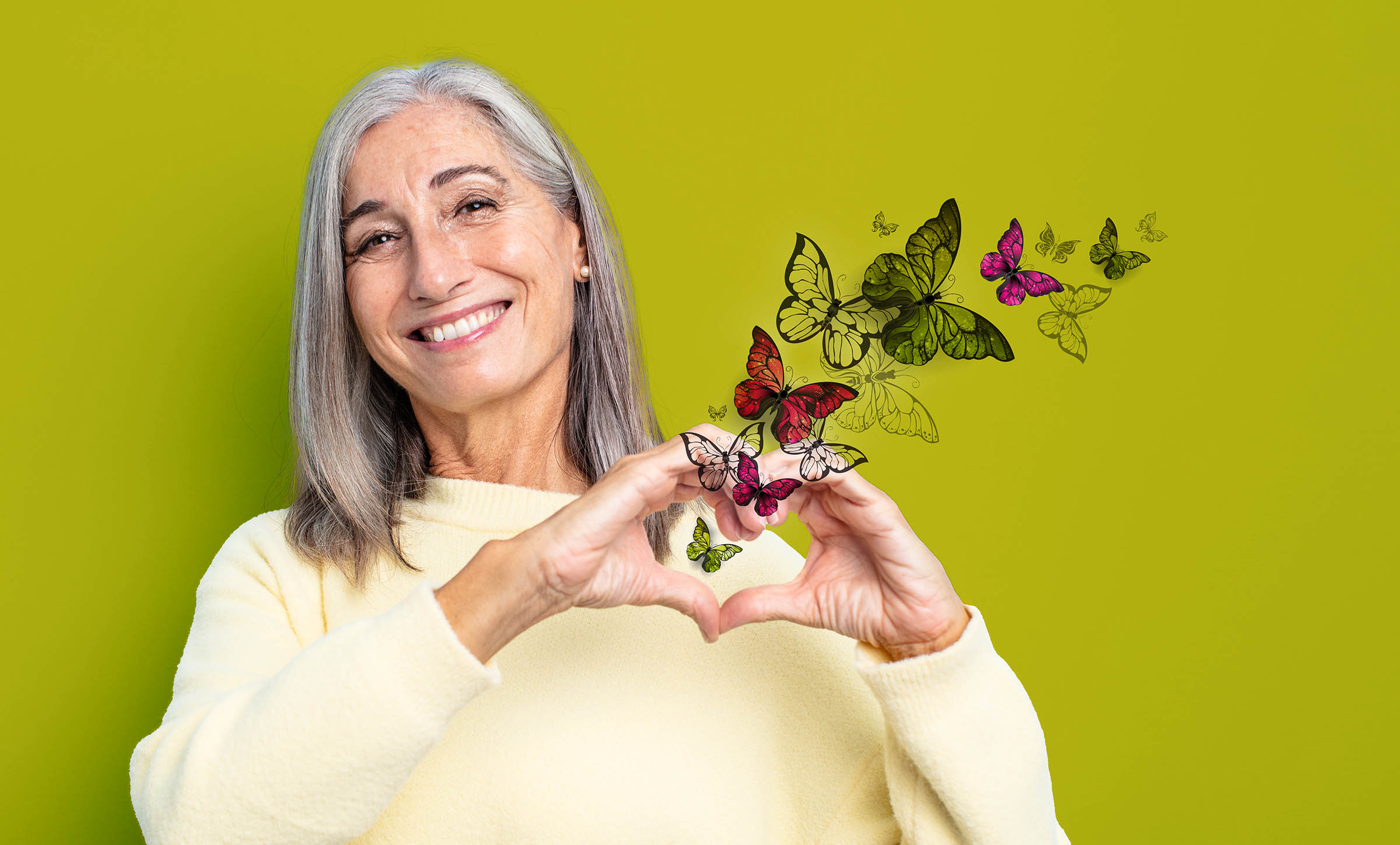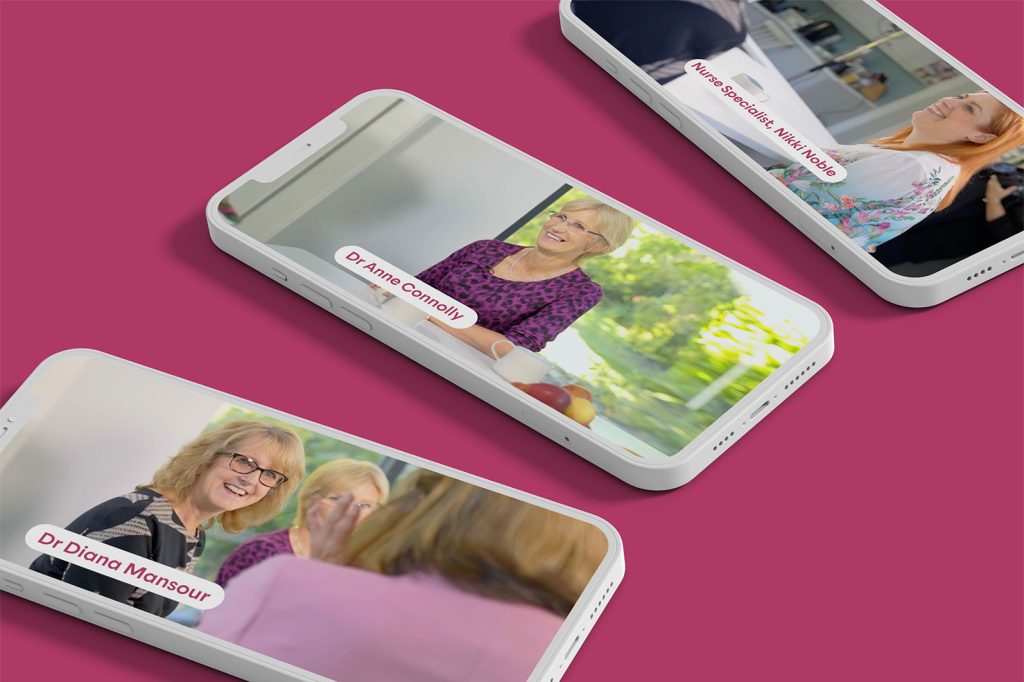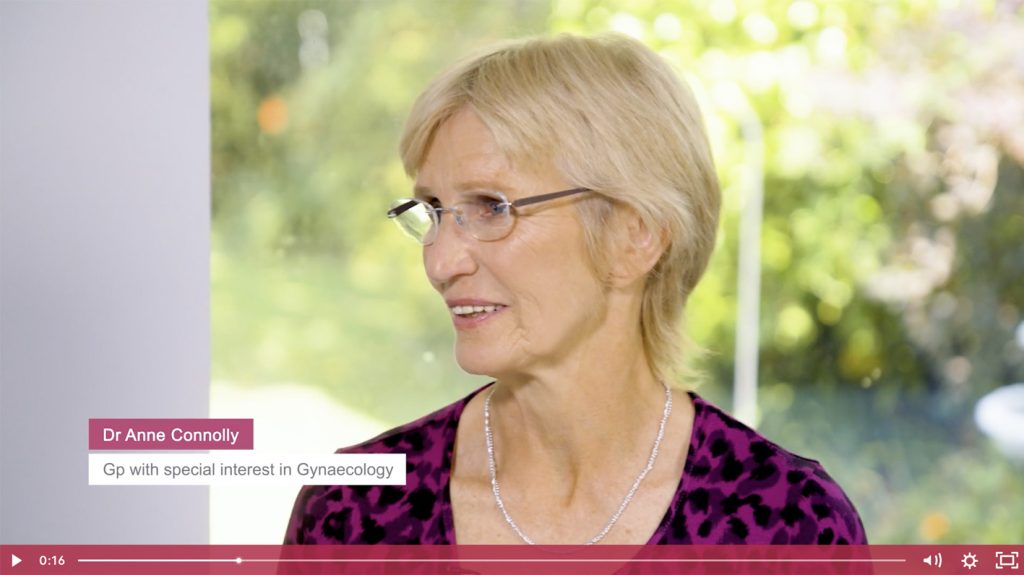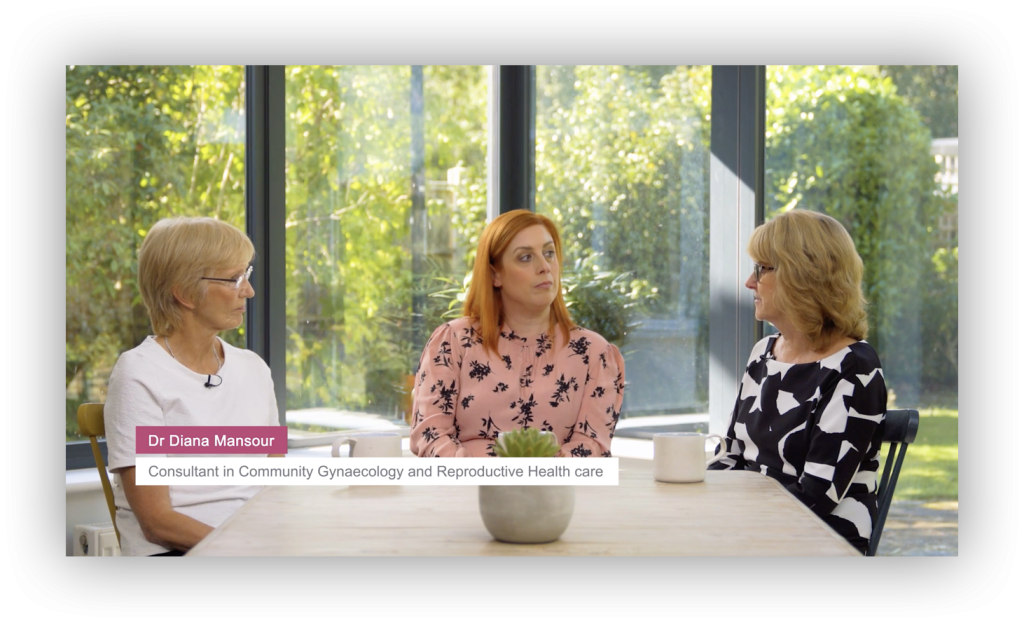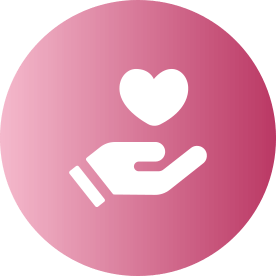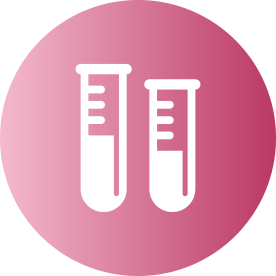Vaginal atrophy doesn’t have to affect every aspect of your patients’ lives
About half of all postmenopausal women experience pain or discomfort due to vaginal atrophy, with their quality of life and relationships significantly affected.1,2
Vaginal atrophy can cause a multitude of signs and symptoms, including burning, vaginal dryness, in during sex, itching, and dysuria.3
My Blissel® Time to talk
Video Library
A library of discussions led by national experts Dr Anne Connolly, Dr Diana Mansour and Nurse Specialist Consultant Nikki Noble.
The videos cover a range of very useful, relevant and important topics including, the signs and symptoms of VA, how to make the diagnosis and the impact of vaginal atrophy on a patient’s quality of life.
How to give women support and treatment
Women may find it difficult to talk about the condition, as they may want their doctor to start the discussion.4
There are many reasons why women may feel they cannot discuss vaginal atrophy with their doctor, but can include thinking that there is no treatment, that the discussion is inappropriate, or finding the conversation embarrassing.5
NICE guidance states that vaginal oestrogen should be offered to women to manage the bothersome symptoms of vaginal atrophy.6
Despite the clear treatment guidelines, 50% of women with genitourinary symptoms after the menopause have never been prescribed any medication for their symptoms.7
Using Blissel® to treat vaginal atrophy
Blissel® is an ultra low dose estriol vaginal gel containing 50 micrograms per dose (1 gram) of estriol, which is indicated for treating the symptoms of vaginal atrophy due to oestrogen deficiency in postmenopausal women.8,9
The treatment is well tolerated and effective for postmenopausal vaginal atrophy.9 Your patients may notice a rapid improvement in their symptoms from the initial days of treatment when you prescribe Blissel®.10
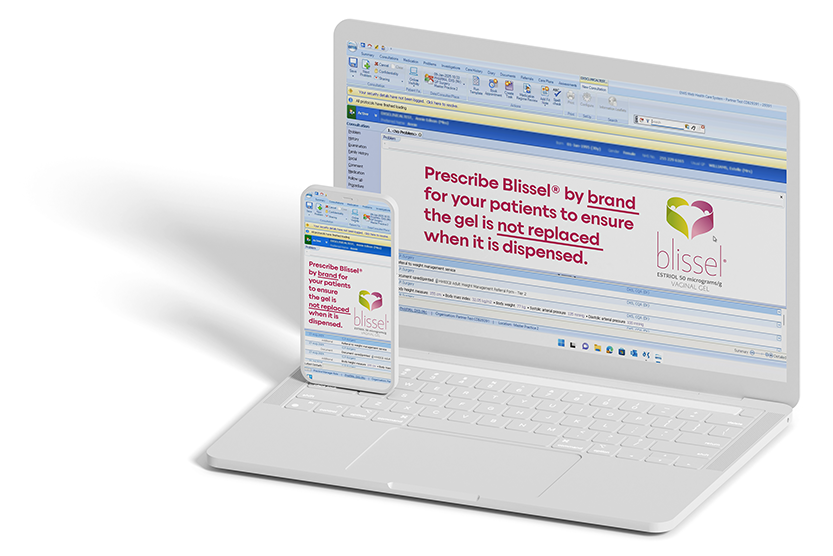
Prescribe Blissel® by brand for your patients. Blissel®is the first and only prescribable estriol containing gel for the treatment of vaginal atrophy8,9

Guidelines on the treatment of vaginal atrophy
NICE guidelines provide clear direction that local therapy is preferable to systemic treatment for vaginal symptoms.6 Guidelines advocate to provide vaginal oestrogen to women to manage bothersome symptoms of vaginal atrophy.6
Despite clear guidelines, half of all women who experience genitourinary symptoms after the menopause have not received any treatment at all for their symptoms.7
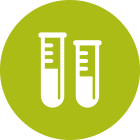
Treating vaginal atrophy with Blissel®
Blissel® is an ultra low dose estriol vaginal gel containing 50 micrograms per dose (1 gram) of estriol, indicated for treating the symptoms of vaginal atrophy due to oestrogen deficiency in postmenopausal women.8,9
For postmenopausal vaginal atrophy, the treatment has been shown to be well-tolerated and effective.9 Blissel® gives your patients a rapid improvement in their symptoms from the first days of treatment.10
Upcoming Webinars 2025


27th May

7pm to
9pm
Beyond Hot Flashes: A holistic approach to menopausal health with a focus on Vaginal Atrophy & GSM with Dr Julie Oliver
- Join us for the evening to increase your confidence in treating GSM
- Update your knowledge on prescribing for GSM following NICE guidelines
- Q&A Session

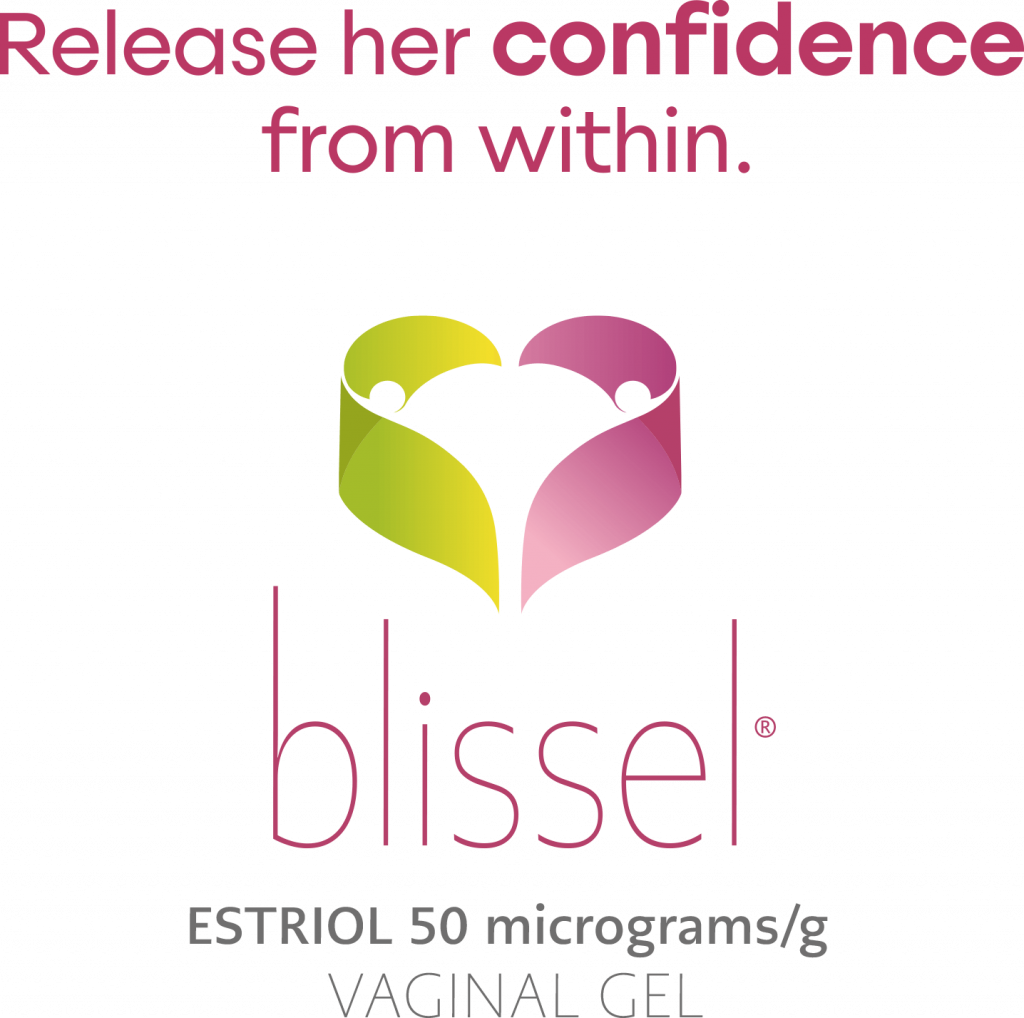
Ultra low dose estriol vaginal gel8,9
Prescribing and Adverse event reporting information for BlisselⓇ can be found here.
Adverse events should be reported. Reporting forms and information can be found at yellowcard.mhra.gov.uk or search for MHRA Yellow Card in the Google Play or Apple App Store. Adverse events should also be reported to Consilient Health (UK) Ltd, No. 1 Church Road, Richmond upon Thames, Surrey TW9 2QE UK or drugsafety@consilienthealth.com
1. Nappi RE, Palacios S. Climacteric. 2014;17:3–9. 2. Moral E, et al. Menopause. 2018;25(12):1418-23.
3. Palma F, et al. Maturitas. 2018;108:18–23. 4. Krychman M, et al. J Sex Med 2017;14:425-433.
5. Kagan R, et al. Drugs Aging. 2019;36:897–908. 6. NICE. Menopause: diagnosis and management (NG23). Available from: https://
www.nice.org.uk/guidance/ng23/chapter/recommendations. Accessed December 2023.
7. NAMS position statement. Menopause. 2020;27(9):976-92. 8. Blissel 50 micrograms/g vaginal gel. Summary of product characteristics.
9. Cano A, et al. Menopause. 2012;19(10):1130-9. 10. Lázaro-Carrasco de la Fuente J, et al. J Menopausal Med. 2022;28(2):60-69.
Date of preparation: March 2025 | UK-BLS-626
